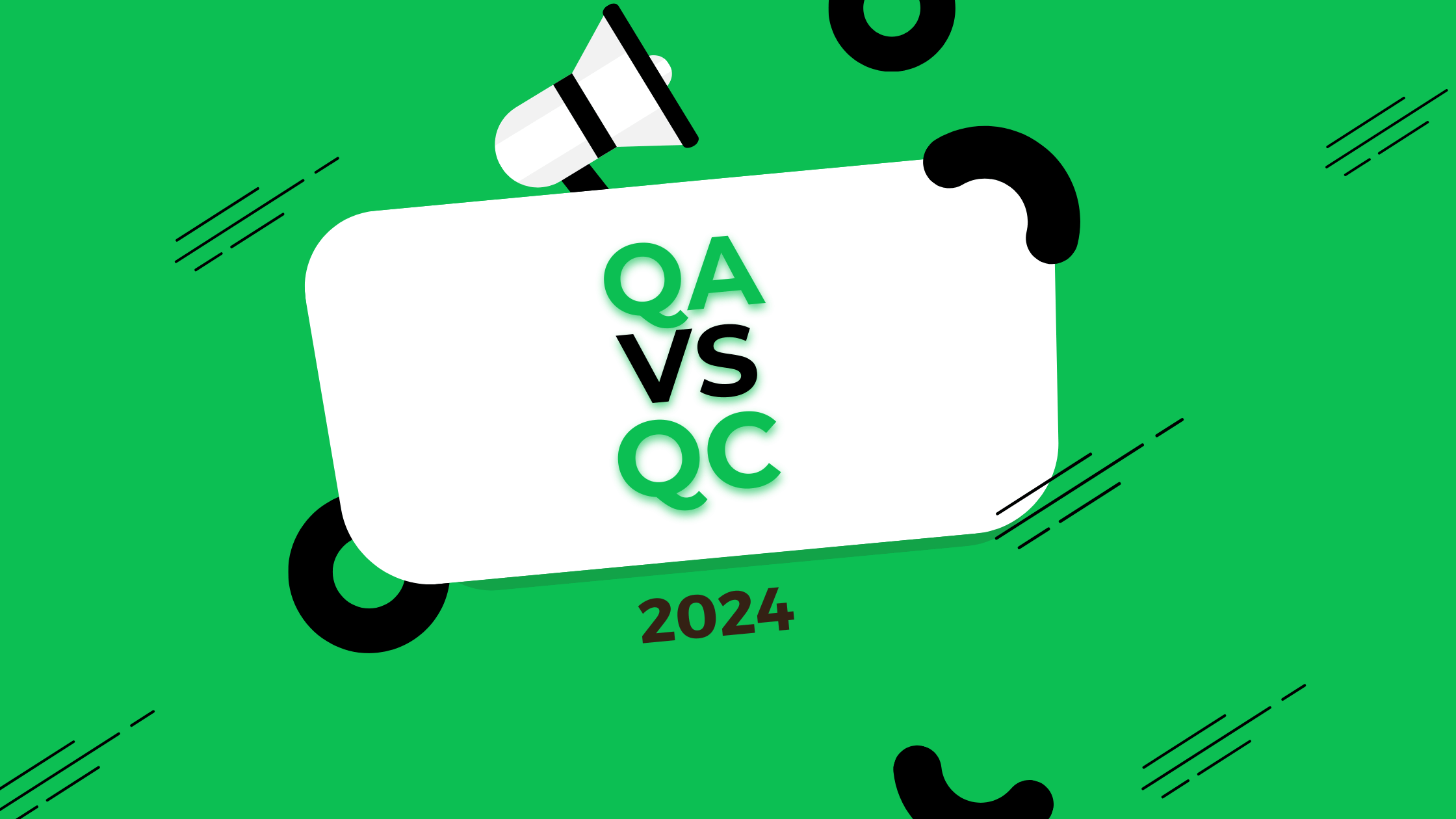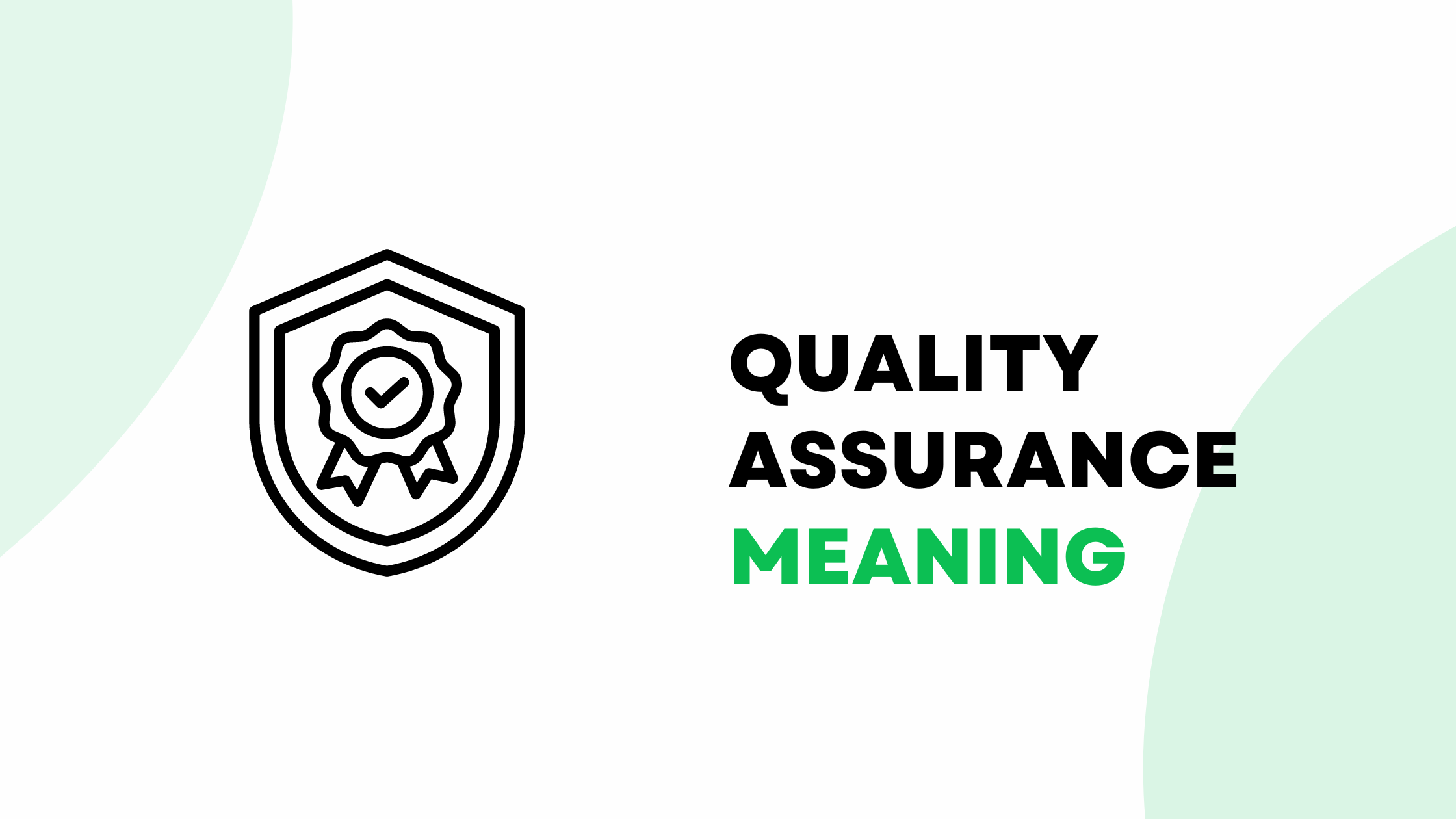Quality Assurance vs Quality Control: Understanding the Difference
In the world of product development and service delivery, two terms often come up: Quality Assurance (QA) and Quality Control (QC). While these concepts are related and both aim to ensure high-quality outcomes, they have distinct differences in their approach and implementation. This article will explore the key differences between Quality Assurance and Quality Control, helping you understand how each contributes to overall quality management.
What is Quality Assurance?
Quality Assurance is a proactive, process-oriented approach to ensuring quality. It focuses on preventing defects by implementing a system of procedures, processes, and standards designed to meet quality requirements consistently. QA is about planning and defining the processes that will be used to develop a product or deliver a service.
For a more detailed exploration of Quality Assurance, check out our comprehensive guide on What is Quality Assurance?
Key aspects of Quality Assurance include:
- Process design and improvement
- Quality planning
- Training and documentation
- Auditing and reviewing processes
What is Quality Control?
Quality Control, on the other hand, is a reactive, product-oriented approach. It involves inspecting and testing the final product or service to ensure it meets the specified quality standards. QC aims to identify defects or issues in the finished product before it reaches the customer.
Key aspects of Quality Control include:
- Product inspection and testing
- Identifying defects
- Statistical sampling
- Acceptance or rejection of finished products
Key Differences Between QA and QC
- Focus:
- QA focuses on the process.
- QC focuses on the product.
- Timing:
- QA is implemented throughout the development process.
- QC is typically performed at the end of the development process.
- Goal:
- QA aims to prevent defects.
- QC aims to identify and correct defects.
- Responsibility:
- QA is typically the responsibility of the entire team.
- QC is often the responsibility of a specific quality control department or team.
- Approach:
- QA is proactive.
- QC is reactive.
The Relationship Between QA and QC
While distinct, Quality Assurance and Quality Control are both integral parts of a comprehensive quality management system. They work together to ensure that products and services meet or exceed customer expectations.
QA sets up the framework and processes that QC then uses to test and verify the quality of the output. In essence, effective Quality Assurance should reduce the amount of Quality Control needed, but it doesn’t eliminate the need for QC entirely.
Implementing QA and QC in Different Industries
The implementation of QA and QC can vary across different industries. For example:
- In software development, QA might involve code reviews and setting coding standards, while QC would include testing the software for bugs.
- In manufacturing, QA could involve designing efficient production processes, while QC would include inspecting finished products for defects.
- In service industries, QA might focus on training staff and developing standard operating procedures, while QC could involve customer satisfaction surveys.
For those interested in pursuing a career in this field, there are many Quality Assurance job opportunities available across various industries.
The Role of Technology in QA and QC
Technology plays a crucial role in modern QA and QC processes. Advanced software tools can automate many aspects of both quality assurance and quality control, improving efficiency and accuracy. For instance, in software development, automated testing tools are a key component of both QA and QC processes.
The interface between these technological tools and human oversight is a critical aspect of effective quality management.
QA and QC in Lean Methodologies
Lean methodologies, which focus on minimizing waste and maximizing value, have a significant impact on how organizations approach QA and QC. In lean thinking, quality is built into the process rather than inspected at the end.
This aligns closely with the QA philosophy but doesn’t negate the need for QC. Instead, it changes how QC is implemented, often involving more frequent, smaller-scale checks throughout the process rather than large inspections at the end.
For more on how lean principles can be applied to business processes, check out our article on Lean Logistics.
Conclusion
Quality Assurance and Quality Control are both essential components of a comprehensive quality management strategy. While QA focuses on preventing defects through process design and improvement, QC focuses on identifying defects through inspection and testing.
Understanding the difference between these two concepts is crucial for any organization aiming to deliver high-quality products or services consistently. By implementing both QA and QC effectively, businesses can minimize defects, reduce costs, and improve customer satisfaction.
Remember, the goal of both QA and QC is ultimately the same: to ensure that the final product or service meets or exceeds quality standards and customer expectations. By working in tandem, these two approaches provide a robust framework for achieving and maintaining high quality in any industry.












